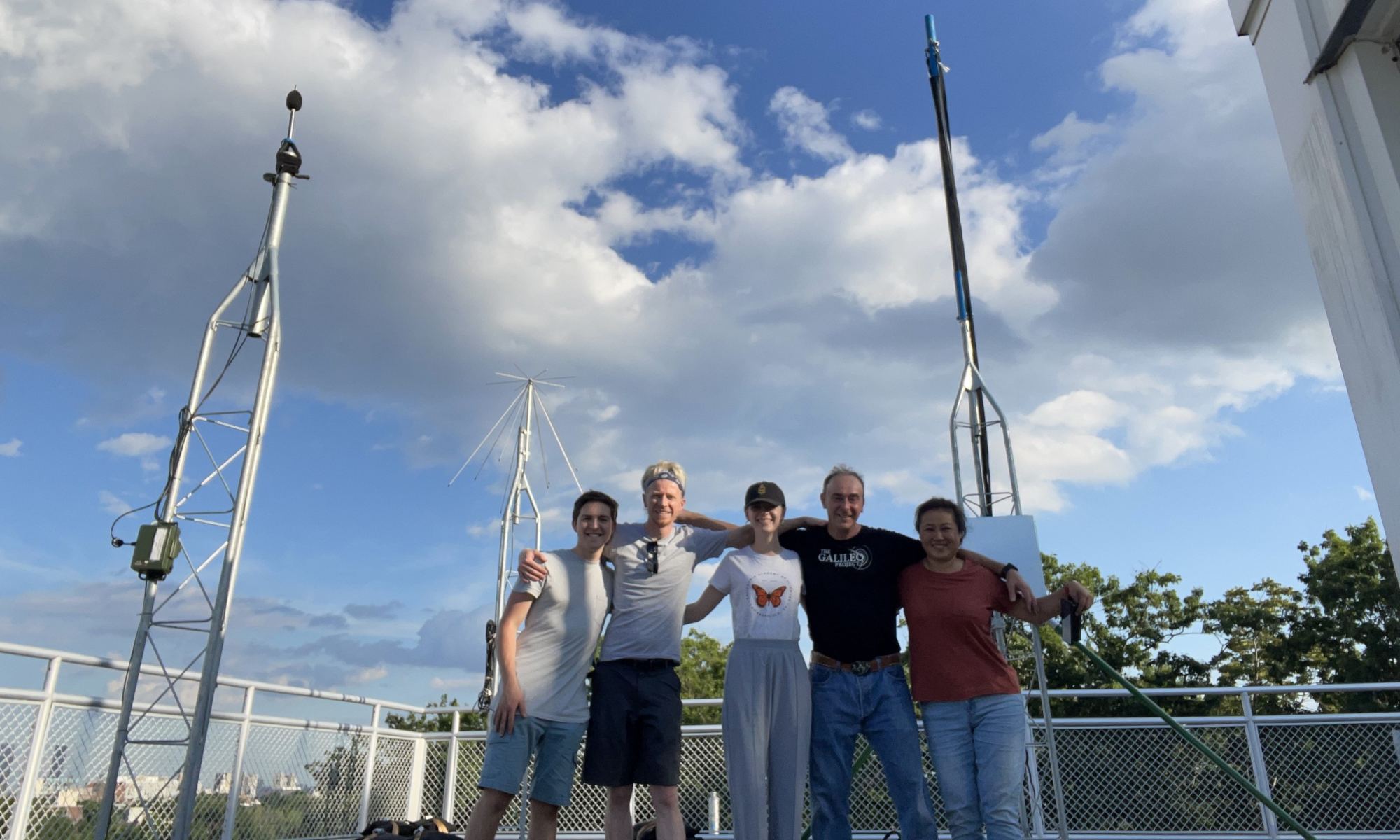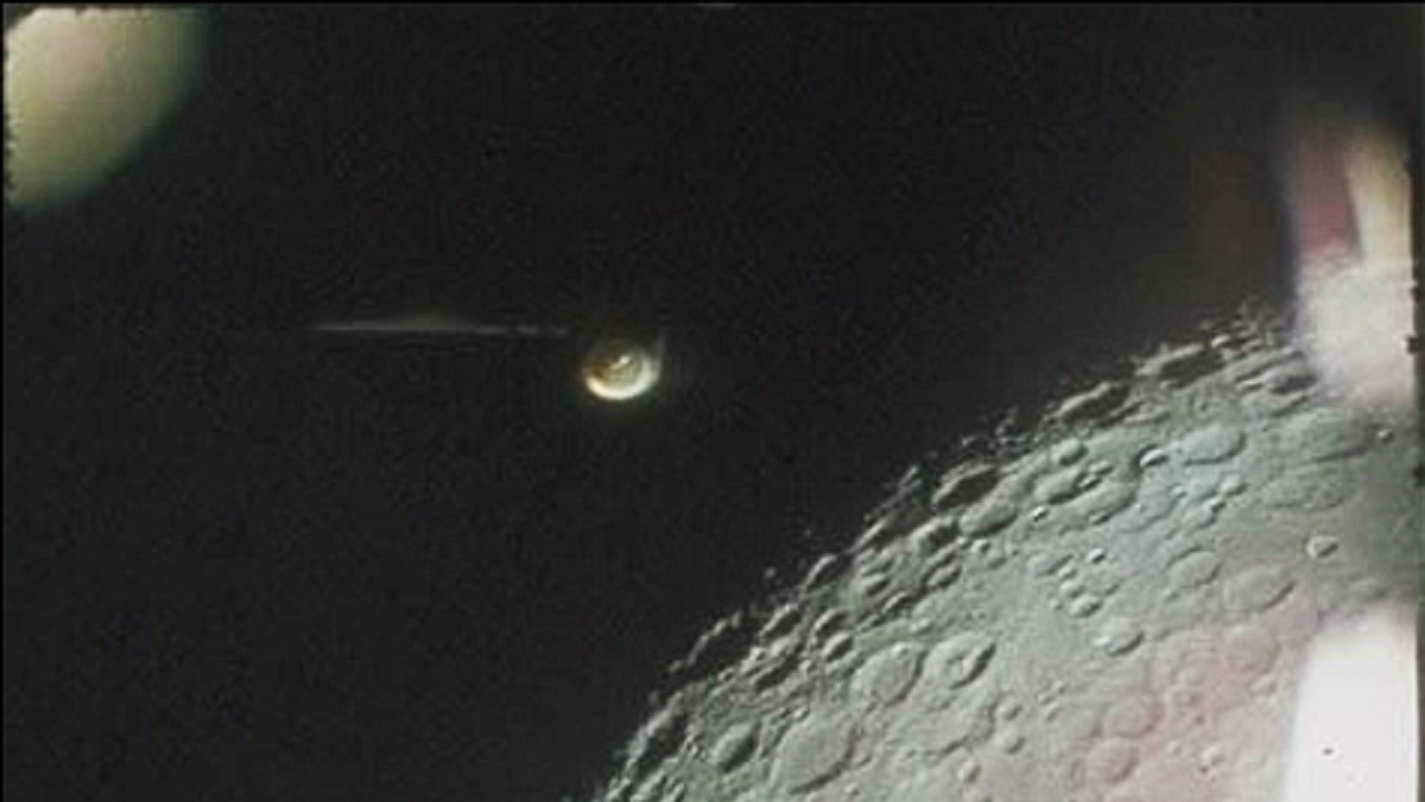In June, NASA announced that it had commissioned an independent study team to investigate unidentified aerial phenomena (UAPs) from a scientific perspective. Last week, NASA announced the members of the independent team that will study observed events in the sky that cannot be identified as aircraft or natural phenomena. These sixteen individuals, a collection of scientists and researchers from premier institutions across the U.S., will analyze all possible data sources that could help NASA and other agencies learn more about this phenomenon.
Continue reading “NASA Announces the Team who'll be Studying UFO Data. It's a Pretty Impressive List”Alien Artifacts Could Be Hidden Across the Solar System. Here’s how we Could Search for Them.

Do aliens exist? Almost certainly. The universe is vast and ancient, and our corner of it is not particularly special. If life emerged here, it probably did elsewhere. Keep in mind this is a super broad assumption. A single instance of fossilized archaebacteria-like organisms five superclusters away would be all it takes to say, “Yes, there are aliens!” …if we could find them somehow.
Continue reading “Alien Artifacts Could Be Hidden Across the Solar System. Here’s how we Could Search for Them.”What’s Out There? NASA Sets Up Independent Study on UFOs

NASA has dipped into the debate over UFOs for decades, but today the space agency said it’s commissioning an independent study team to survey a wide range of what are now known as unidentified aerial phenomena, or UAPs.
“The most exciting things in science are things we don’t understand, and my starting point — I think all our starting points for this — is that there are phenomena that we don’t understand,” astrophysicist David Spergel, who’ll lead the study team, told reporters. “How do we start to make progress? We have a very limited set of observations right now with these UAPs. This makes it difficult to draw conclusions. So we start by trying to figure out what data is out there. We’re going to be working with government, nonprofits, companies, civilians, and try to identify what data is already there, then start to think about what data should we collect in the future.”
NASA’s independent study will start early in the fall and run in parallel to the Pentagon-led effort to analyze UAP reports from aviators, which was the focus of a congressional hearing last month.
Continue reading “What’s Out There? NASA Sets Up Independent Study on UFOs”A New Plan to Search for Extraterrestrial Artifacts at Earth and Across the Solar System
On October 19th, 2017, astronomers made the first-ever detection of an interstellar object (ISO) in our Solar System. This body, named 1I/2017 U1 (‘Oumuamua), was spotted shortly after it flew by Earth on its way to the outer Solar System. Years later, astronomers are still hypothesizing what this object could have been (an interstellar “dust bunny,” hydrogen iceberg, nitrogen icebergs), with Harvard Prof. Abraham Loeb going as far as to suggest that it might have been an extraterrestrial solar sail.
Roughly three years later, interest in extraterrestrial visitors has not subsided, in part because of the release of the Pentagon report on the existence of “Unidentified Aerial Phenomena.” This prompted Loeb and several of his fellow scientists to form the Galileo Project, a multi-national, multi-institutional research team dedicated to bringing the search for Extraterrestrial Technological Civilizations (ETC) into the mainstream.
Continue reading “A New Plan to Search for Extraterrestrial Artifacts at Earth and Across the Solar System”

